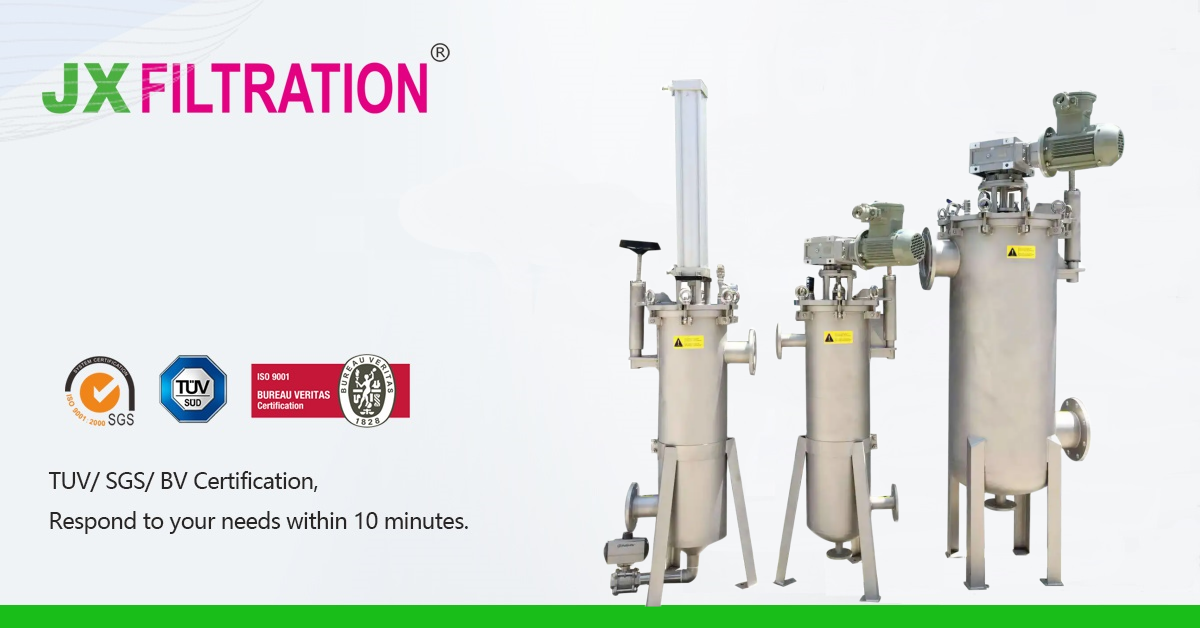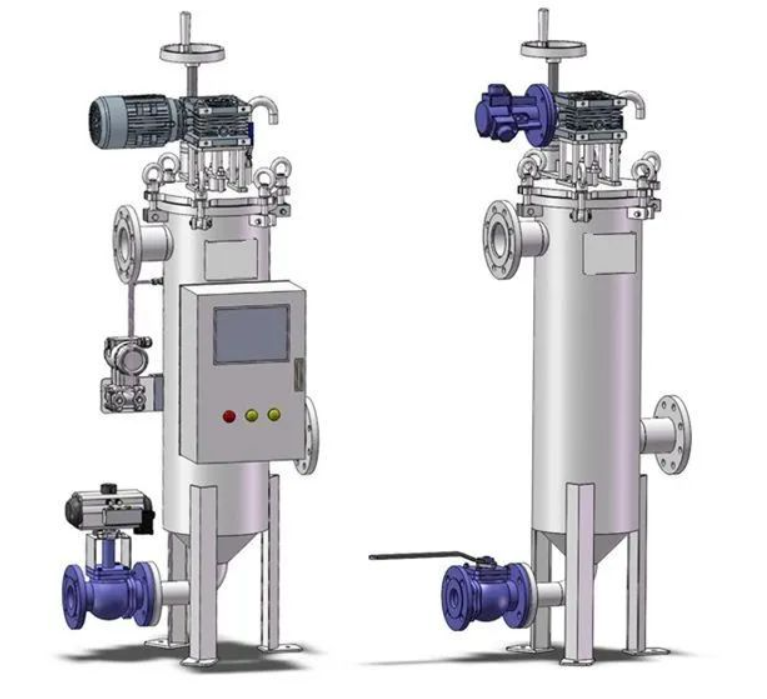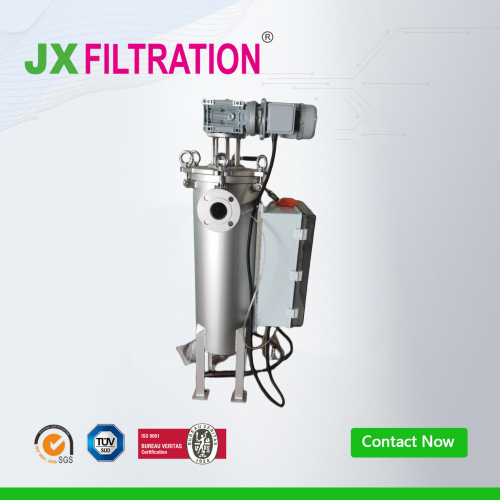Usage Cautions for Self Cleaning Filters
The self-cleaning filter is a precision equipment that directly intercepts impurities, floating substances, and particles in the liquid while reducing water turbidity and dirt, ensuring the normal operation and service life of subsequent equipment. It features automatic drainage.

Operation Principle
Water enters the filter through the inlet pipe, first passing through the coarse filter core component to remove larger impurities, then reaching the fine filter mesh to remove fine particles. Clean water is discharged through the outlet pipe.
During filtration, impurities accumulate gradually on the inner layer of the fine filter mesh, creating a pressure difference between its inner and outer sides. When this pressure difference reaches a preset value, the automatic cleaning process begins: the drainage valve opens, releasing pressure from the main pipe component's hydraulic motor chamber and hydraulic cylinder to discharge water. The pressure inside the hydraulic motor chamber and suction pipe drops significantly. Due to negative pressure, dirt on the inner wall of the fine filter mesh is sucked through the suction nozzle, entering the hydraulic motor chamber and then discharged through the drainage valve, completing a suction process.
As water flows through the hydraulic motor, it drives the suction pipe to rotate. The hydraulic cylinder piston drives the suction pipe to move axially, and the suction device combines axial and rotational movements to completely clean the entire surface of the filter mesh. The entire cleaning process lasts for several seconds. The drainage valve closes when cleaning ends, increased water pressure causes the hydraulic cylinder piston to return to its initial position, and the filter prepares for the next rinsing cycle. During cleaning, normal filtration operation remains uninterrupted.
Characteristics of Self-Cleaning Filters
Continuous water supply during backwashing; backwashing is carried out in a point-by-point manner to clean the entire filter mesh. Backwashing only causes minor localized pressure changes between the suction nozzle and fine filter mesh, and the action of the collector and hydraulic cylinder does not affect normal water supply. Moreover, the amount of water consumed during backwashing is minimal. For example, for a filter with a flow rate of 300m3/h, the backwashing flow rate is 35-40m³/h, backwashing time is 7-15 seconds, and backwashing water consumption is 80-160L.
Usage Cautions for Self-Cleaning Filters:
-
Self-cleaning filters must be operated at the rated voltage/frequency indicated on the nameplate.
-
Filters should be maintained regularly. Before cleaning and maintenance, be sure to disconnect the power supply.
-
Ensure that the power plug is not wet during cleaning; if wet, dry it thoroughly before reconnecting the power supply.
-
Do not unplug the power cord with wet hands.
-
Self-cleaning filters are only suitable for indoor aquarium use.
-
Do not use the filter if it is damaged, especially if the power cord is damaged.
-
Ensure that the self-cleaning filter operates at the correct water level; the filter should not be used without water.
-
Do not disassemble or repair privately to avoid danger or damage to the body; repairs should be performed by professionals.
Any Requirements, Contact Us Now!
Kris
Email/Teams: kris@filtrationchina.com
Mobile/Whatsapp/Wechat: +86 18980776200


